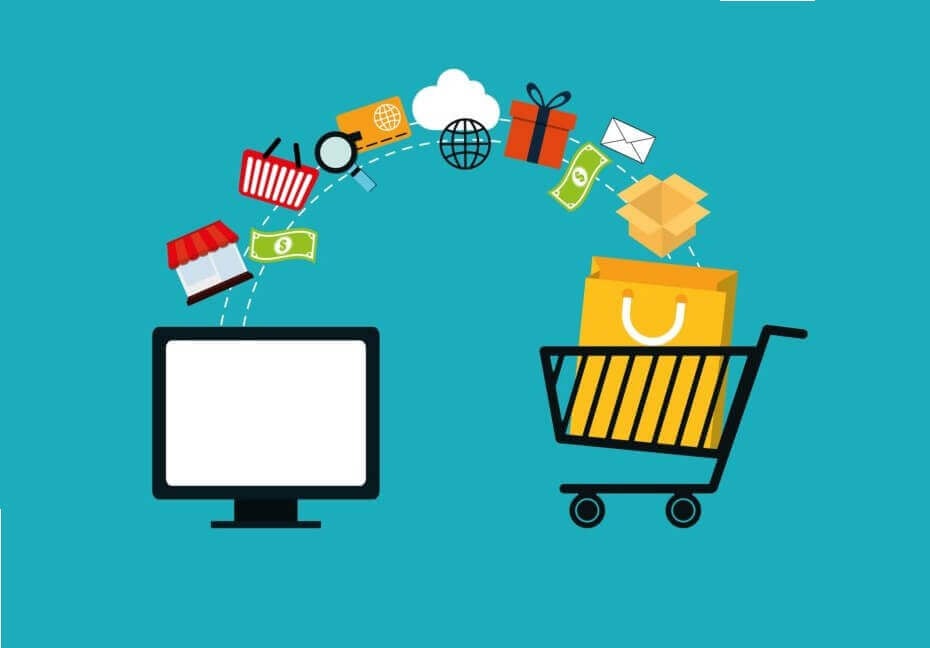Cross-Selling Emails For E-commerce: Why To Use & Best Tactics
In everyday life, we experience cross-selling even without we notice it. In restaurants, during ordering when you get asked if you wish to take fries with the order. Or when you are even buying groceries, and the person says; "do you also need cheese? we also have great fresh pickles that arrived today, do you want to get some?" Or when you are asking the sales assistant for a shampoo and she says, "we have an offer for shampoo and hair conditioner!".
Cross-selling is one successful marketing tactic to increase sales and get your existing customers to buy more. In this article, we focus on achieving cross-selling through marketing emails. Read on to learn everything you need to know about cross-selling emails for eCommerce.
Table of contents:
- What is a cross-selling email?
- Why should eCommerce stores use cross-sell emails?
- Top 4 Cross-selling emails examples for eCommerce
- Best 5 Cross-selling emails tactics
What is a cross-selling email?
A cross-sell email is a powerful email strategy that gets customers to come back and buy more products. This happens through recommending related and complementary products based on their past purchases and store browsing behaviors.
Why should you use cross-sell emails for eCommerce?
1- Increasing sales
A report from McKinsey on the effectiveness of cross-selling mentioned that online stores were able to increase sales by up to 20% by running cross-sell promotions on their websites and through cross-selling emails.
2- Improving repurchase rate and Average Order Value (AOV)
Through cross-selling, your journey with the customer doesn't end with their first order. They keep coming for more products. This improves the repurchase rate and, consequently your revenue. Furthermore, cross-selling emails can drive a 28% increase in average order values.
3- The easier discovery of new products
When the customers are emailed cross-selling recommendations for complementary and related products, they are exposed to your other products that they didn't know you offered. This means an easier discovery of new products that match their tastes and interests.
4- Boosting customer loyalty
By emailing customers recommendations that are personalized and add value to them, they become more loyal to your brand as they feel known and special. You will also come to their mind the next time they think of related products.
5- Cheaper and more efficient than acquiring new customers
A study by Investpro found that it is 60-70% more likely to sell to an existing customer compared to only 5-20% with new customers. In addition, you will save the expensive marketing costs to acquire new customers compared to how cheap it is to retarget existing customers.
Cross-selling emails examples
1- After-purchase emails
Immediately after your customer completes their purchase, the cross-selling emails can be triggered to thank the customer for their purchase and recommend 2-3 other complementary products. Post-purchase emails have a 61.7% open rate, a 9.7% click-through rate, and a 9.16% conversion.
2- Cart abandonment emails
When you are retargeting cart abandoners, focus on the products they have on the cart but also take the time to suggest other products that go along with the items they left in their cart. Always keep their browsing behavior and interests in mind for ultimate results.
Read more about Effective Abandoned Cart Emails Best Practices
3- After a customer passes their typical buying frequency period
The cross-selling emails can be triggered after a certain period from the customer's last order. You can remind them of what they last ordered as well as recommend a few other products that might capture their attention.
4- Newsletters emails
In your regular newsletters emails where you announce new product launches or products that get restocked, you can personalize these emails to match each customer's past purchases and behaviors.
Cross-selling emails best tactics
1- Recommend the right product
When you define the opportunity for cross-selling, study the customer's purchase history and persona, but also think of a product that is In a similar category or usage, less expensive than the purchased item, and adds value to their purchase. For example, if a customer buys a laptop, a good cross-sell is a laptop bag, mouse, cleaner, laptop stand, etc.
2- Focus on the value
When you recommend related products but the value isn't clear, it is less likely that customers will add them to their order. Instead, explain why these suggested items will enhance the performance of their purchased item, or will "complete their fashion look", or protect their product in case of a mobile screen protector for example.
3- Be honest and avoid surprises
In your cross-selling emails, honesty and transparency are essential. State the prices of the recommended items and never recommend a product that is not in stock to avoid bad surprises.
4- Test cross-selling emails' subject lines
For better results, split testing cross-selling email subject lines. Create two variations and see which email performs better. In both variations, here are some important elements to apply:
- keep subject lines short
- Use emojis to grab the customer's eye
- Use personalization in the subject lines
- Try to generate a sense of both value and urgency.
5- Use AI and Automation
Utilize Ai to get data about past purchases and browsing history as well as smart segmentation and on-point product recommendations. Ai also helps you achieve an excellent level of personalization. While you can use automation to trigger cross-selling emails automatically after purchases, a certain time from the last purchase, or to retarget cart abandoners. Convertedin helps you with all the above and more! Request a demo now.
 By
By


